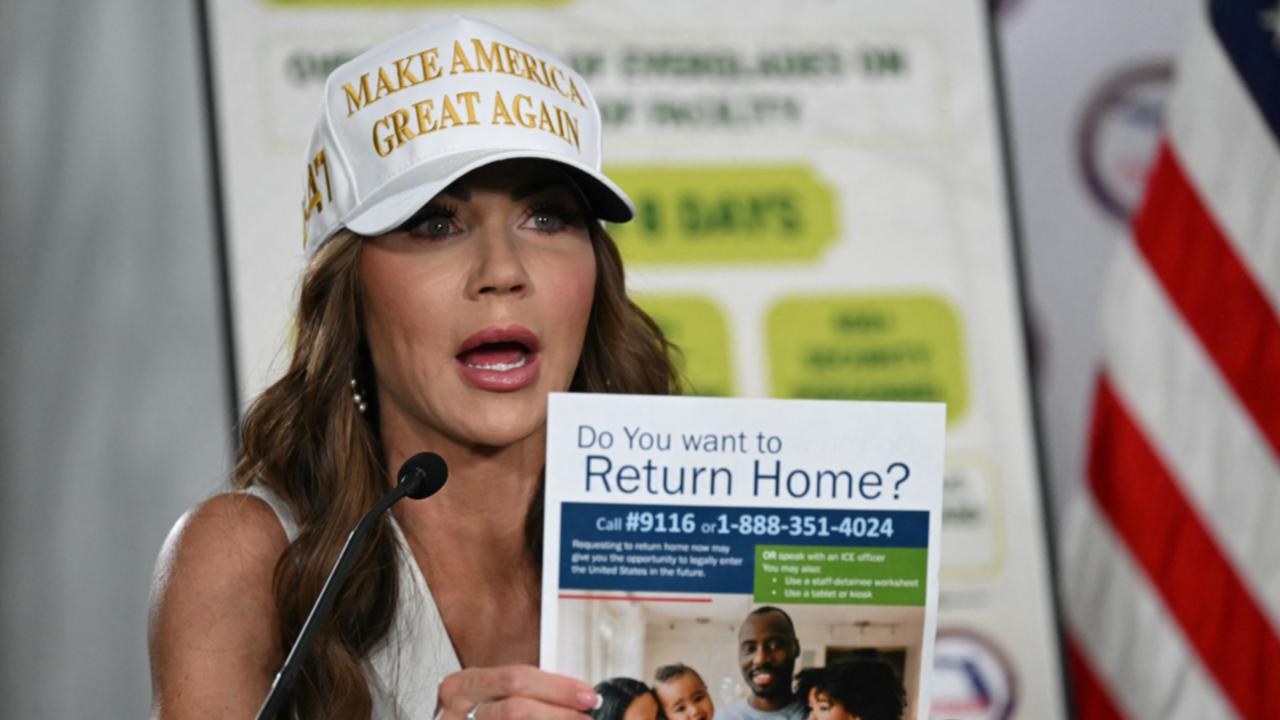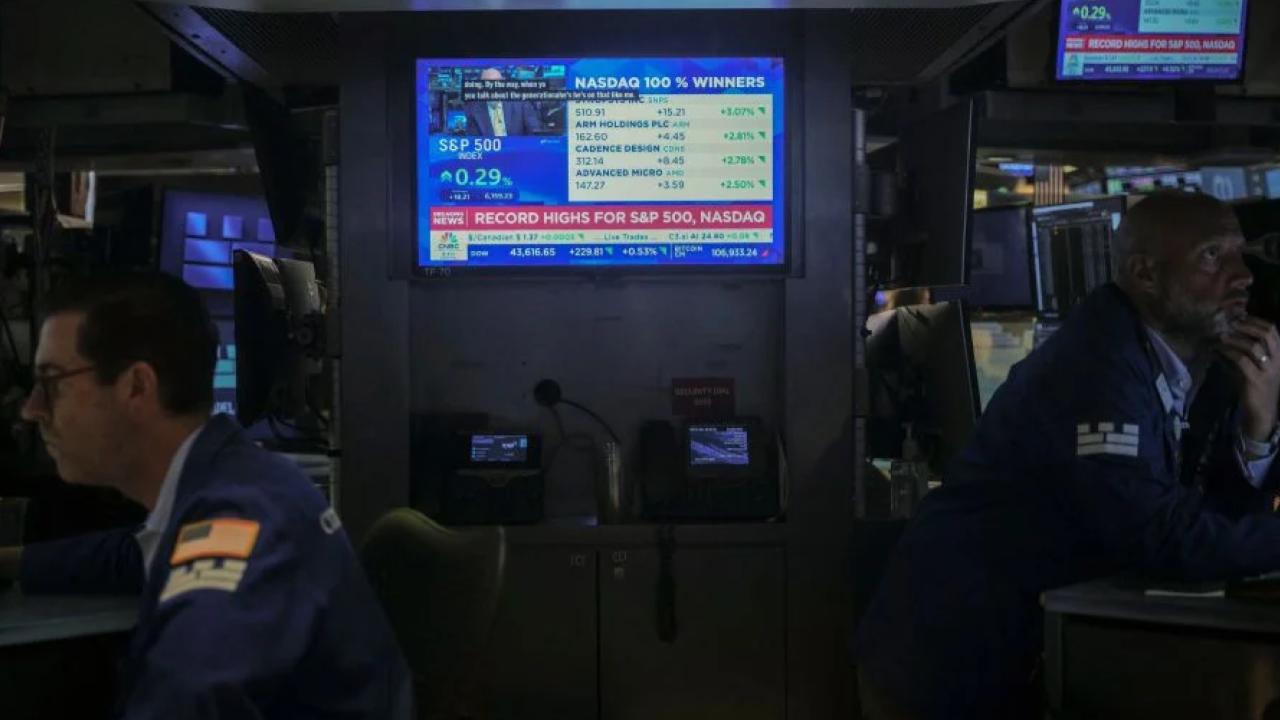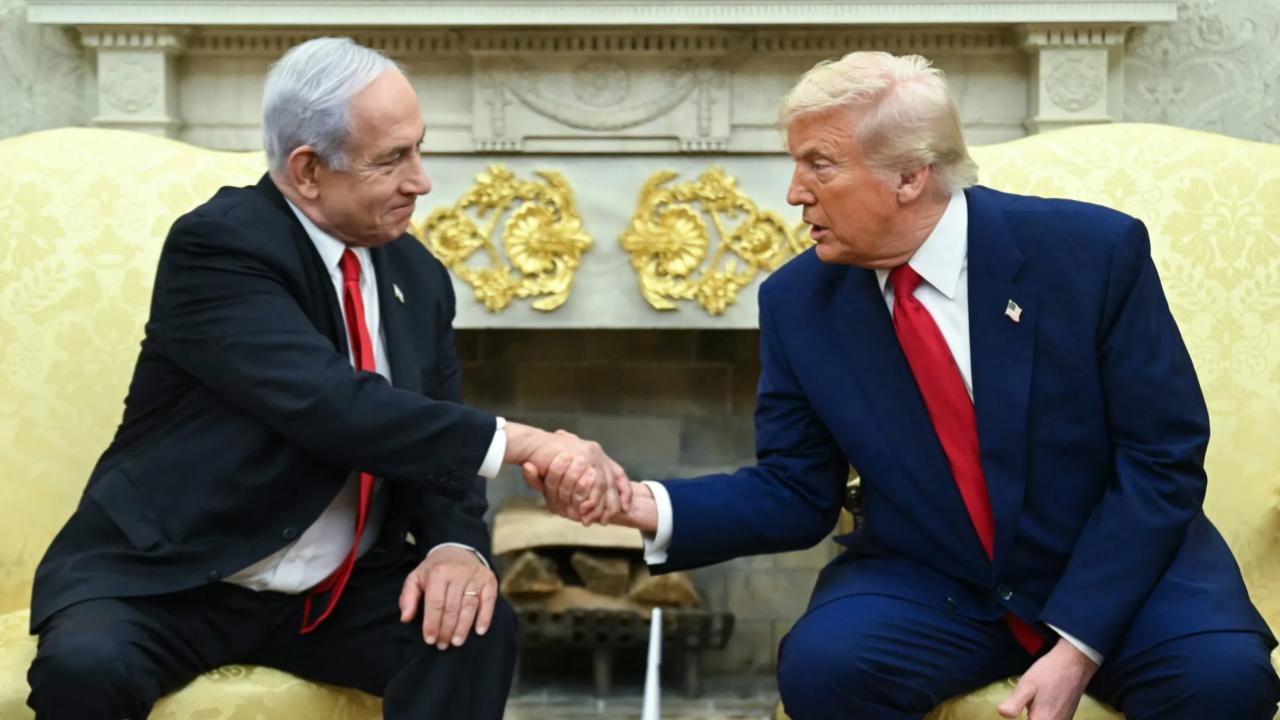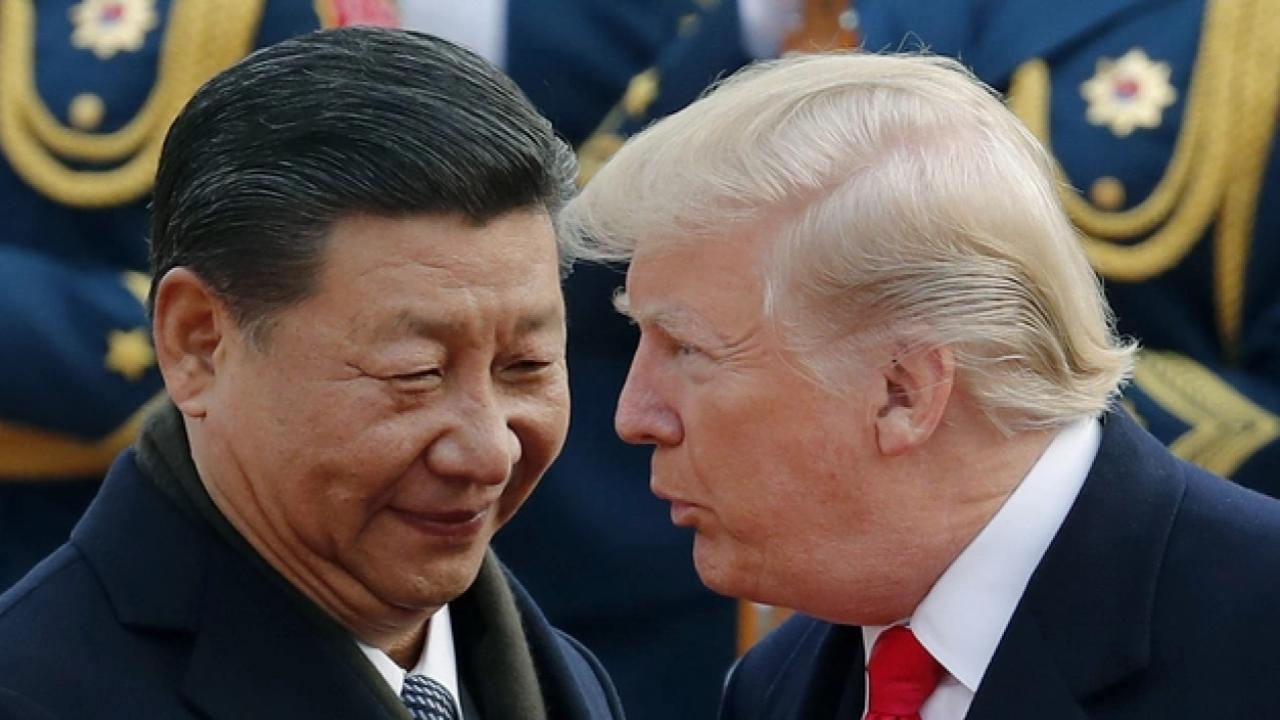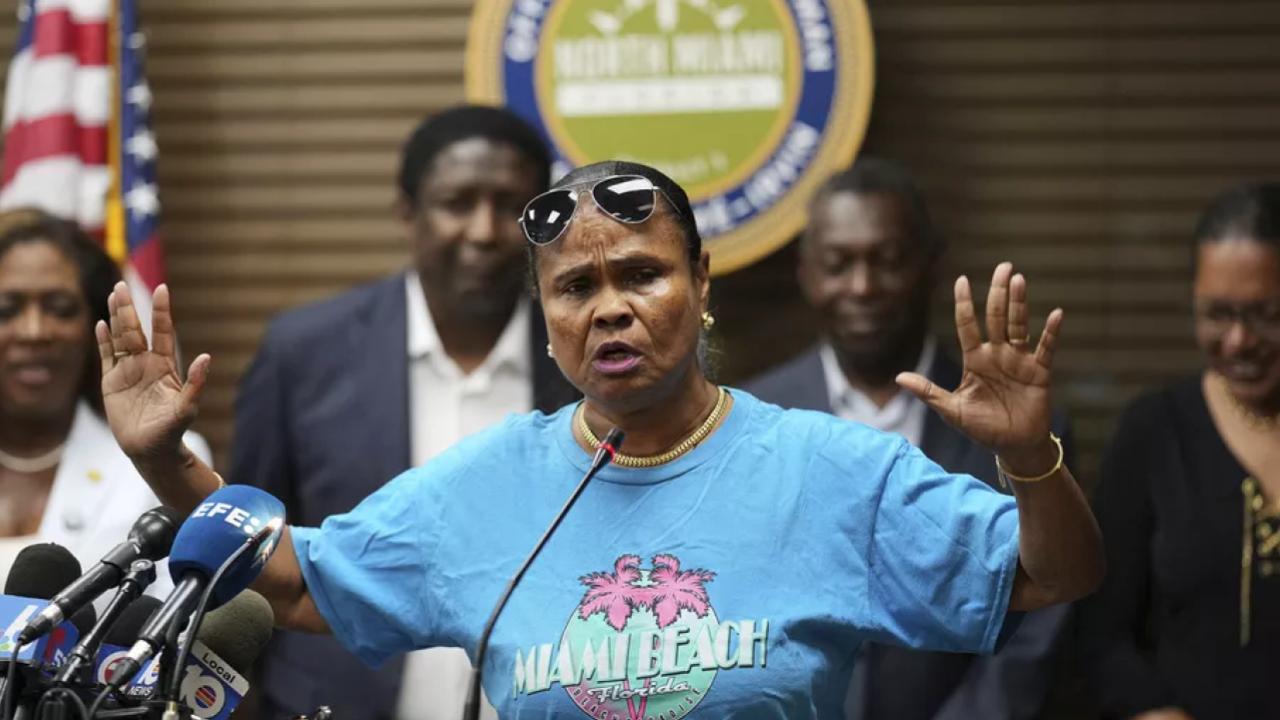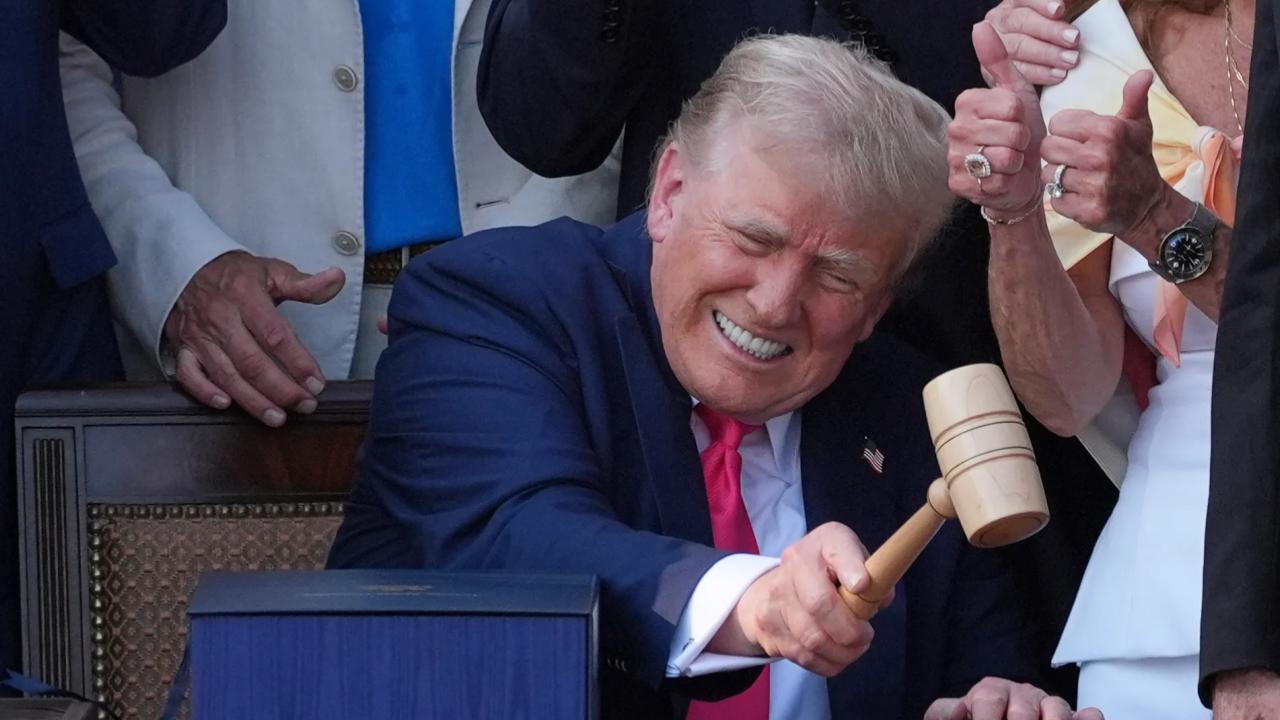Trump Shakes Up National Parks — that’s the headline sparking chatter from Yellowstone to Yosemite this week. In a move that blends populism with park funding reform, former President Donald Trump has signed an executive order mandating new entrance fees for foreign visitors to U.S. national parks while giving American citizens priority access to limited reservation spots.
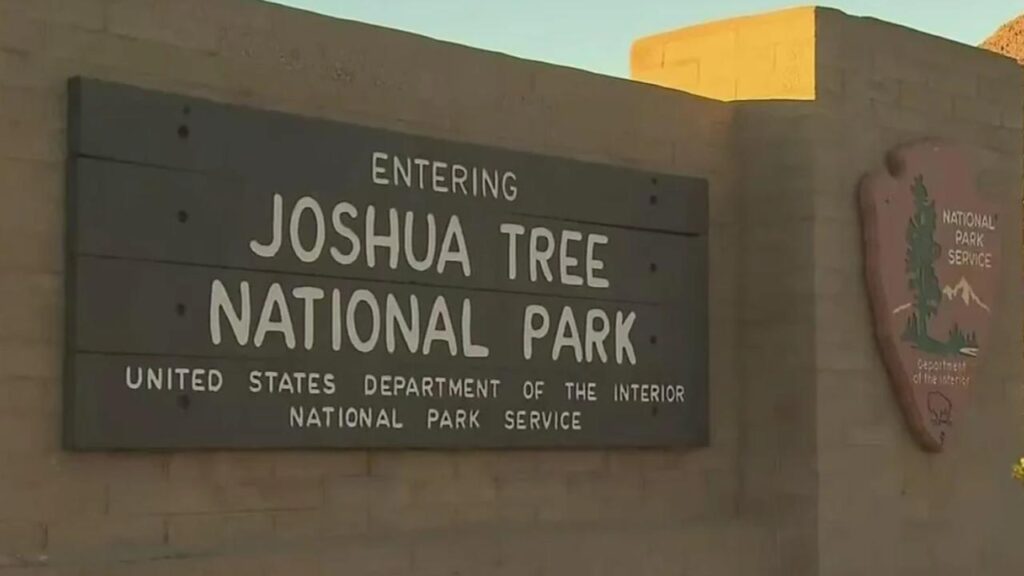
The change is immediate in tone and long-term in impact, with up to $90 million a year expected from the new surcharges—cash that the administration says will go straight toward long-overdue maintenance, accessibility upgrades, and ranger hiring.
Trump Shakes Up National Parks: Foreign Tourists Face Steep Fees
| Insight | Stat |
|---|---|
| Projected fee revenue from foreigners | $90 million annually |
| Number of foreign tourists to parks in 2024 | 14.6 million |
| Maintenance backlog at National Parks | $23 billion |
Trump’s move to raise national park fees for foreign tourists and give Americans first-in-line status is classic campaign-season nationalism with a fiscal twist. For some, it’s a long-overdue fix to a broken funding model. For others, it’s a symbolic blow to the shared ethos of America’s “crown jewels.” Whether you hike, drive, or just daydream about the wild—this policy will reshape your next visit.
What’s in the Order?
Trump’s executive order lays out four key provisions:
- Foreign Visitor Surcharge: All non-U.S. citizens will pay higher entrance fees at national parks. The exact amount hasn’t been announced, but it’s expected to range from $20 to $100 depending on the park.
- Priority Access for Americans: U.S. citizens will get first dibs on popular park reservations, including permits for backcountry camping, timed entry systems, and lottery-based hikes like Half Dome or Angels Landing.
- Targeted Spending: All new fee revenue is earmarked for deferred maintenance, new restrooms, trail repairs, ranger stations, and shuttles in high-traffic parks like Yellowstone, Zion, and Yosemite.
- Policy Rollbacks: The order also revokes Obama-era diversity and inclusion guidelines that previously governed how parks reported equity in visitor access and staffing.
Why Now?
The Trump administration argues that U.S. taxpayers already fund the National Park System and shouldn’t have to subsidize international tourism. Supporters point out that many countries—like Costa Rica, South Africa, and Ecuador—charge foreigners more than locals for park access.
“The idea is simple: Americans should come first when it comes to accessing the natural wonders they already fund,” said Interior Secretary Ryan Zinke in a statement. Critics, however, worry that the move could deter international tourism, which generated $265 billion in U.S. spending last year, and erode the inclusive spirit of the national parks.
A Real Fix or Just a Fee Hike?
It’s no secret the park system is strapped. A recent National Park Service report found over $23 billion in deferred repairs nationwide—from crumbling restrooms to inaccessible trails. Yellowstone alone faces $1.5 billion in repair needs.
Research from the Property and Environment Research Center (PERC) suggests that a $100 surcharge in Yellowstone could raise $55 million annually while only reducing international visitation by about 9%.
That’s a powerful funding lever—and one that doesn’t hit U.S. families in the wallet. But park advocates warn it could shift expectations about who belongs in these public spaces.
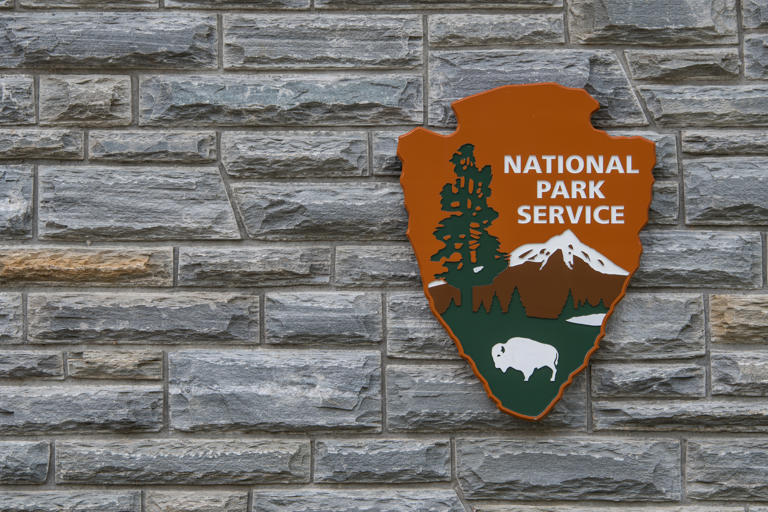
How Will It Work?
That’s still unclear. Most park entry systems don’t currently track nationality. Rangers ask for a park pass or entrance fee—not a passport. Implementation could involve digital ID verification at online reservation portals or plate-based pricing for vehicles.
At the reservation level, systems like Recreation.gov could be tweaked to favor domestic IP addresses or billing ZIP codes.
Looking Ahead
Interior officials will begin drafting a detailed fee structure this fall. Affected parks will likely include high-traffic destinations first: Grand Canyon, Yellowstone, Yosemite, Zion, and Glacier.
The reservation changes may come even sooner. Yosemite has already tested peak-season access limits—future systems may hard-code American priority into these platforms.
Meanwhile, legal challenges may emerge. Critics claim the order violates international tourism agreements and could create logistical nightmares.
FAQs
Will this keep foreign tourists away?
Possibly at the margins, but big-spenders likely won’t change plans. Budget travelers might pivot to state parks or skip the U.S. altogether.
How will parks check who’s foreign?
Likely through online booking systems or ID checks at gated parks. Unstaffed parks could pose enforcement problems.
When will the new fees take effect?
The Interior Department says “no later than Spring 2026,” but pilot programs could roll out this winter.

